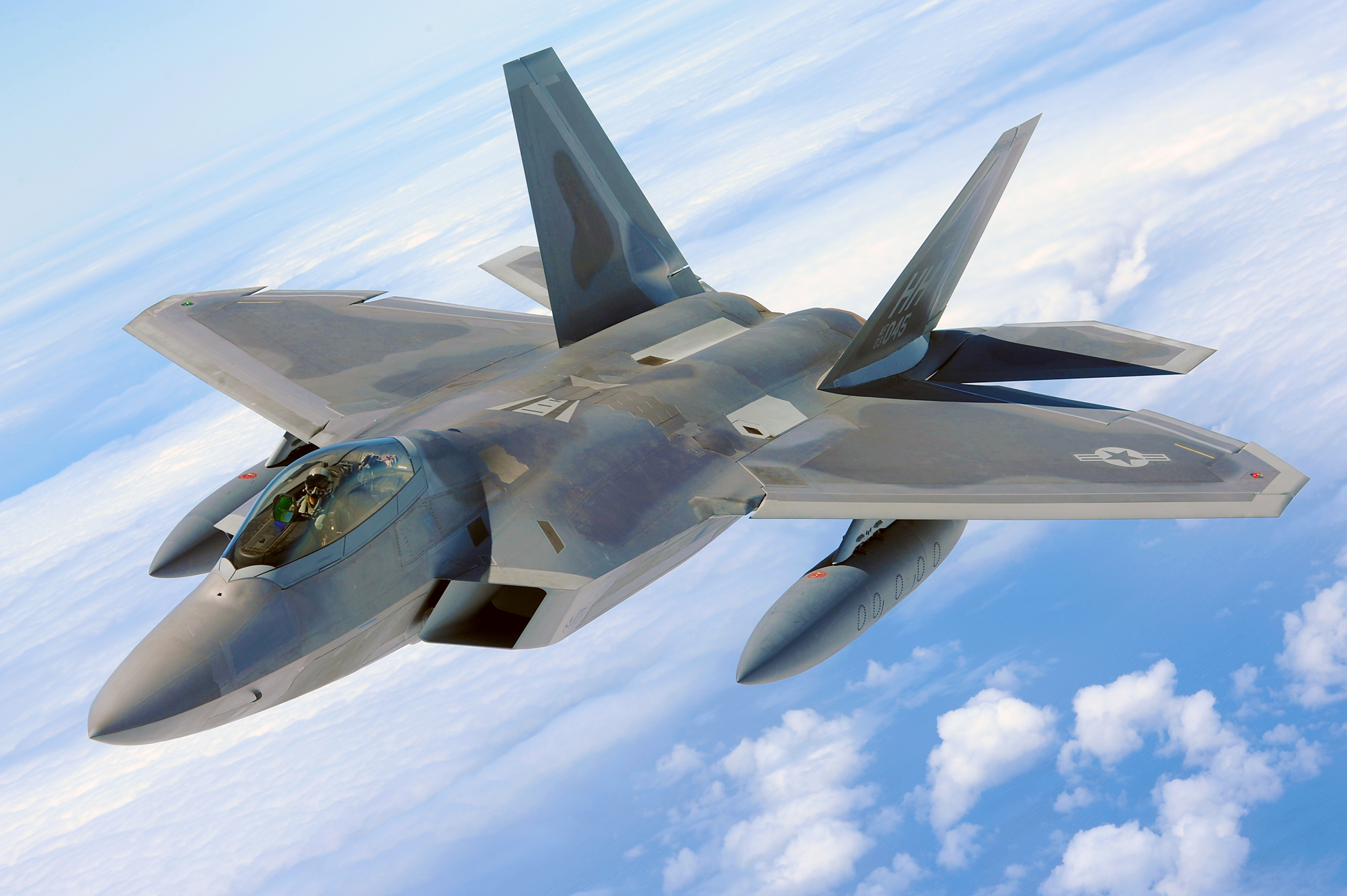The R-73 is short-range air-to-air missile, close-combat standardized missile was developed in the Vympel Machine Building Design Bureau, and became operational in 1984. The R-73 is included in the weapon complex of MiG-23MLD, MiG-29 and Su-27 fighters and their modifications and also of Mi-24, Mi-28 and Ka-50 helicopters. It also can be employed in flying craft which do not have sophisticated aiming systems.
Vympel R-73/ AA-11 Archer Short-Range Air-to-Air Missile,Russia
The R-73 is short-range air-to-air missile, close-combat standardized missile was developed in the Vympel Machine Building Design Bureau, and became operational in 1984. The R-73 is included in the weapon complex of MiG-23MLD, MiG-29 and Su-27 fighters and their modifications and also of Mi-24, Mi-28 and Ka-50 helicopters. It also can be employed in flying craft which do not have sophisticated aiming systems.
Here goes the code of the element you want to show
MBDA (BAe Dynamics/Matra) AIM-132 Advanced Short Range Air-to-Air Missile (ASRAAM), United Kingdom
The ASRAAM (Advanced Short Range Air-to-Air Missile), also known by its United States identifier AIM-132, is the next generation infrared-guided, an imaging infrared homing ("heat seeking") air-to-air missile designed and built by MBDA UK (formerly Matra BAe Dynamics) to provide enhanced aerial combat capabilities for fighter aircraft. It is currently in service in the Royal Air Force (RAF) and Royal Australian Air Force (RAAF), replacing the AIM-9 Sidewinder. ASRAAM is designed to outrange and outrun any other IR missile in service, allowing the pilot to fire and then turn away long before the opposing aircraft can close for a shot.
RBS15 Mk3 Surface-to-Surface Missile (SSM), Sweden
The RBS15 Mk3 is a fire-and-forget, subsonic cruise type missile launched from ships and trucks. The missile can be used for anti-ship missions and land strikes.
The RBS15 Mk3 surface-to-surface missile (SSM) was developed jointly by Diehl BGT Defence and Saab Bofors Dynamics. It is the latest variant of the RBS15 anti-ship missile family.
Raytheon (Hughes) AIM-120 Advanced Medium-Range Air-to-Air Missile (AMRAAM), United States of America
The AIM-120 AMRAAM (Advanced Medium-Range Air-to-Air Missile) is a fire-and-forget air-to-air missile manufactured by Raytheon, and has replaced the AIM-7 Sparrow as the U.S. military's standard BVR (Beyond Visual Range) intercept missile. It has an all-weather, beyond-visual-range capability and is scheduled to be operational beyond 2000. AMRAAM is a supersonic, air launched, aerial intercept, guided missile employing active radar target tracking, proportional navigation guidance, and active Radio Frequency (RF) target detection.
Lockheed Martin AGM-158 JASSM (Joint Air-to-Surface Standoff Missile), United States of America
The AGM-158 JASSM (Joint Air-to-Surface Standoff Missile) is a long-range, conventional, air-to-ground, precision standoff missile developed and produced by Lockheed Martin. This conventional missile was designed primarily for the US Air Force (USAF). Designed to destroy high-value, well-defended, fixed and relocatable targets, JASSM’s significant standoff range keeps aircrews well out of danger from hostile air defense systems.
Raytheon (Texas Instruments) AGM-88 High-speed Anti-Radiation Missile, United States of America
The AGM-88 High-speed Anti-Radiation Missile (HARM) is a tactical, air-to-surface missile designed to home in on electronic transmissions coming from surface-to-air radar systems. It was originally developed by Texas Instruments as a replacement for the AGM-45 Shrike and AGM-78 Standard ARM system. Production was later taken over by Raytheon Corporation when it purchased the defense production business of Texas Instruments.
The AGM-88 can detect, attack and destroy a radar antenna or transmitter with minimal aircrew input.
AGM-154 Joint Standoff Weapon (JSOW), United States of America
The AGM-154 JSOW (Joint Standoff Weapon) is a modular precision-attack glide bomb, which is included in this missile directory because of its guided missile designation manufactured by Raytheon. The AGM-154 is the product of a joint venture between the United States Navy and Air Force to deploy a standardized medium range precision guided weapon, especially for engagement of defended targets from outside the range of standard anti-aircraft defenses, thereby increasing aircraft survivability and minimizing friendly losses.
PZL W-3 Sokół Multi-Purpose Combat Helicopter, Poland
The design of the PZL W-3 Sokol combat helicopter was based on the inputs from the Polish Air Brigade's combat operations in Iraq.
Mil Mi-24 Hind Assault and Attack Helicopter,Russia
The Mil Mi-24 (Russian: Миль Ми-24; NATO reporting name: Hind) is a large helicopter gunship, attack helicopter and low-capacity troop transport with room for eight passengers. It is produced by Mil Moscow Helicopter Plant and has been operated since 1972 by the Soviet Air Force and its successors, along with more than 30 other nations.
Soviet pilots called the Mi-24 the "flying tank" (летающий танк; letayushchiy tank), a term used historically with the famous World War II Soviet Il-2 Shturmovik armored ground attack aircraft.
Bell Boeing V-22 Osprey Tilt-Rotor Aircraft, United States of America
The Bell Boeing V-22 Osprey is an American multi-mission, tiltrotor military aircraft with both a vertical takeoff and landing (VTOL), and short takeoff and landing (STOL) capability. It is designed to combine the functionality of a conventional helicopter with the long-range, high-speed cruise performance of a turboprop aircraft.
The V-22 Osprey developed by Boeing and Bell Helicopters. Boeing is responsible for the fuselage, landing gear, avionics, electrical and hydraulic systems, performance and flying qualities.
Boeing 767 AWACS Airborne Warning and Control Aircraft, Japan
The Boeing 767 is an Airborne Warning and Control System (AWACS) aircraft. It was designed in response to the Japan Air Self-Defense Force's requirements, and is essentially the Boeing E-3 Sentry's surveillance radar and air control system installed on a Boeing 767-200. The Boeing 767 AWACS airborne warning and control system has been selected by Japan to carry out airborne surveillance and command and control (C2) operations for tactical and air defence forces.
Kongō Class Guided Missile Destroyers,Japan
The Kongō class (こんごう型護衛艦 Kongō-gata Goeikan?) of guided missile destroyers serves as the core ship of the Japan Maritime Self-Defense Force (JMSDF)'s Escort Flotillas. The Escort Flotillas of JMSDF operate four vessels. The Kongo Class is preceded by Hatakaze Class and succeeded by Atago Class destroyers.The Kongo Class were built by Mitsubishi Heavy Industries and IHI Corporation for the Japan Maritime Self-Defence Force (JMSDF).
Kawasaki P-1 Maritime Patrol Aircraft, Japan
The Kawasaki P-1 (previously P-X, XP-1) is a Japanese maritime patrol aircraft being developed by Kawasaki Heavy Industries for the Japan Maritime Self-Defense Force (JMSDF). It is intended to replace the P-3C maritime patrol aircraft operated by the JMSDF. The JMSDF took delivery of the first two operational P-1 aircraft on 26 March 2013.
Ilyushin Il-38 Maritime Patrol / ASW Aircraft, Russia
The Ilyushin Il-38 "Dolphin" (NATO reporting name: May) is a maritime patrol aircraft and anti-submarine warfare aircraft designed by the Russia-based Ilyushin Aviation Complex. Derived from the Ilyushin Il-18 turboprop transport aircraft, the Il-38 can be deployed in surveillance, search and rescue, maritime reconnaissance and anti-submarine warfare operations.
P-8A Poseidon Maritime Surveillance Aircraft, United States of America
The Boeing P-8 Poseidon (formerly the Multimission Maritime Aircraft or MMA) is a military aircraft developed for the United States Navy (USN). The aircraft has been developed by Boeing Defense, Space & Security, modified from the 737-800ERX.
The P-8A Poseidon is an aircraft designed for long-range anti-submarine warfare; anti-surface warfare; and intelligence, surveillance and reconnaissance missions.
Puma AIFV Tracked Armoured Infantry Fighting Vehicle, Germany
The Puma is a German infantry fighting vehicle (Schützenpanzer or short SPz) developed by PSM Projekt System Management, a joint venture of Krauss-Maffei Wegmann and Rheinmetall Landsysteme.The Puma programme was formerly known as the Igel and the Neuer Schuetzenpanzer (NsPz). The Puma was designed to replace the aging Marder IFVs currently in service with the Bundeswehr.
M1128 Stryker Mobile Gun System,United States of America
The M1128 Stryker Mobile Gun System is an eight-wheeled armored car of the Stryker armored fighting vehicle family, mounting a 105 mm tank gun, based on the Canadian LAV III light-armored vehicle manufactured by General Dynamics Canada. It is in service with the United States and was also being considered for adoption by several other countries.It was designed to provide direct fire support for infantry units.
2S35 Koalitsiya-SV Self-Propelled Howitzer,Russia
The 2S35 Koalitsiya-SV (Russian: 2С35 Коалиция-СВ) is a new generation of Russian-made self-propelled tracked howitzer based on the 2S19 chassis fitted with a new turret. It is a successor to the 2S19 Msta-S. It is also intended to replace ageing Russian 152-mm artillery systems.
The 2S35 was originally designed as a variant of the 2S19 Msta, consisting of a 2S19 chassis with modified turret, fitted with an over-and-under dual autoloaded 152mm howitzer.
The first demonstrator was completed in 2006.
Kurganets-25 Infantry Fighting Vehicle, Russia
The Kurganets-25 (Russian: Курганец-25) is a tracked, 25 ton fully-amphibious infantry fighting vehicle developed by Kurganmashzavod,designed for the Airborne and Ground Forces of Russia, was unveiled at the Moscow Victory Day Parade in May 2015.
Sometimes this vehicle is simply referred as Kurganets. In 2011 Russian Ministry of Defense issued a requirement for a successor of the BMP-3 that becomes out dated. The new IFV was developed alongside a Bumerang wheeled armored personnel carrier.
ATOM Heavy Infantry Fighting Vehicle (IFV), Russia
The ATOM is a heavy 8×8 infantry fighting vehicle (IFV) jointly developed by JSC Central Research Institute Burevestnik (a division of Uralvagonzavod) of Russia and Renault Trucks Defense (RTD) of France.The vehicle is established on the basis of the French Véhicule blindé de combat d'infanterie (VBCI) IFV which is produced by Renault.
The prototype ATOM IFV was unveiled at the Russian Arms Expo (RAE) exhibition held at Nizhny Tagil in September 2013. A full-scale model of the vehicle was displayed at KADEX-2014 international exhibition in May 2014.
On 8 April 2014, Volvo (the parent company of Renault Trucks) froze the joint project of Renault Trucks with Uralvagonzavod.
Boomerang 8×8 armored infantry fighting vehicle,Russia
The Boomerang or Bumerang is a new development of 8x8 armoured vehicle personnel carrier launched by the Russian defense industry to replace the old BTR family used by the Russian armed forces. Its design introduces significant changes from that of the BTR-60, 70 and 80, which have been in service since the early 1960s. VPK, the designer and manufacturer of the Russian wheeled combat vehicles, preferred to invest in the BTR-90, a more powerful, well-armed version of the successful BTR-60-70-80, of which +25,000 were produced over the past 50 years.
BTR-82A Armoured Personnel Carrier, Russia
The BTR-82A (Russian: бронетранспортер/Bronetransporter, literally "Armoured Transporter") is an 8x8 wheeled armoured personnel carrier (APC) being manufactured by Military Industrial Company of Russia for use by the armies of Russia and Kazakhstan.The BTR-82A is an upgraded version of the BTR-80A wheeled armored vehicles.
The first prototypes of the vehicle were unveiled in December 2009. In April 2010, Russian defence industry has started to market the BTR-82 and BTR-82A as a modernization program for existing BTR-80 operators.
M109A7 Paladin 155mm Artillery System, United States of America
The M109A7 Paladin 155mm Self-propelled howitzer being manufactured by BAE Systems is a significant upgrade to the combat-proven M109A6 Paladin cannon artillery system. The enhanced artillery system will offer key fire-support for a variety of potential combat missions conducted by the US Army's Armored Brigade Combat Teams (ABCTs) in conventional, hybrid, irregular and counterinsurgency combat environments. Formerly this system was known as M109A6 PIM or Paladin Integrated Management. The first prototype was revealed in 2007.
PT-91 Twardy Main Battle Tank, Poland
The PT-91 Twardy ("hard","tough" or "resilient") is a Polish main battle tank designed by Obrum and manufactured by Bumar Labedy, Poland, to meet the requirements of the Polish and Malaysian Army. It is derived from the T-72M1 battle tank currently in service with the Polish Army.
The PT-91 was designed at the OBRUM (OBRUM for Ośrodek Badawczo-Rozwojowy Urządzeń Mechanicznych – Polish for Research and Development Centre for Mechanical Appliances) and is produced by the Bumar Łabędy company – part of Polish military consortium – Bumar Group.
M-95 Degman Main Battle Tank, Croatia
The M-95 Degman is a main battle tank (MBT) developed by the Đuro Đaković specijalna vozila, a Croatian manufacturer of armoured combat vehicles. It is a modernization of the Yugoslav M-84 tank, which is, in turn, a variant of the Soviet T-72. The Đuro Đaković factory is best known for its principal role in the production of M-84 in the Yugoslav era.Those M-84 tanks that are upgraded to M-95 are designated as M-84D.
The M-95 was developed in 2003 to meet the requirements of the Croatian Army. It was expected to enter production after completion of M-84 production cycle.
Challenger 2 Main Battle Tank, United Kingdom
Challenger 2 is an advanced main battle tank built by the British company Vickers Defence Systems (now known as BAE Systems Land & Armaments). Challenger 2 is in service with the British Army and with the Royal Army of Oman.The Challenger 2 is an extensive redesign of the Challenger 1. Although the hull and automotive components seem similar, they are of a newer design and build than those of the Challenger 1 and only around 3% of components are interchangeable. The tank's drive system provides a 550 km range, with a maximum road speed of 59 km/h. It has a four-man crew.
The Challenger 2 is considered to be one of the best protected tanks in the world. The turret and hull are protected with second generation Chobham armour (also known as Dorchester).
McDonnell Douglas AV-8B Harrier II Fighter and Attack Aircraft, United States of America
The McDonnell Douglas (now Boeing) AV-8B Harrier II, manufactured by BAE SYSTEMS and Boeing, is a single-engine ground-attack aircraft that constitutes the second generation of the Harrier Jump Jet family. Capable of vertical or short takeoff and landing (V/STOL), the aircraft was designed in the late 1970s as an Anglo-American development of the British Hawker Siddeley Harrier, the first operational V/STOL aircraft.
McDonnell Douglas F-15 Eagle Air Superiority Fighter,United States of America
The McDonnell Douglas F-15 Eagle is an American Mach 2.5-class twin-engine fighter, all-weather tactical fighter aircraft designed by McDonnell Douglas (now Boeing) to gain and maintain air supremacy in aerial combat. It is among the most successful modern fighters, with over 100 victories and no losses in aerial combat, with the majority of the kills scored by the Israeli Air Force.
Forseeing the need to replace its fleet of F-4 Phantoms, the US Air Force issued the FX requirement for a long-range air superiority fighter in 1965.
Northrop Grumman B-2 Spirit Stealth Bomber, United States of America
The Northrop (later Northrop Grumman) B-2 Spirit, also known as the Stealth Bomber, is an American low-observable, strategic, long-range, heavy bomber capable of penetrating sophisticated and dense air-defence shields.The bomber can deploy both conventional and thermonuclear weapons, such as eighty 500 lb (230 kg)-class (Mk 82) JDAM Global Positioning System-guided bombs, or sixteen 2,400 lb (1,100 kg) B83 nuclear bombs.It is capable of all-altitude attack missions up to 50,000ft, with a range of more than 6,000nm unrefuelled and over 10,000nm with one refuelling, giving it the ability to fly to any point in the world within hours.
Its distinctive profile comes from the unique 'flying wing' construction. The leading edges of the wings are angled at 33° and the trailing edge has a double-W shape.
Boeing B-52 Stratofortress Long-Range Multirole Bomber, United States of America
The Boeing B-52 Stratofortress is a long-range, subsonic, jet-powered strategic bomber, heavy bomber designed and built by Boeing Company (Boeing Military Airplane Co.). It has been operated by the United States Air Force (USAF) since the 1950s.
The B-52 began life in 1948 as a replacement for the B-50 Superfortress and eventually the B-36 Peacemaker bombers.
Panavia Tornado Multirole Aircraft
The Panavia Tornado multirole aircraft is a family of twin-engine, variable-sweep wing combat aircraft, which was jointly developed and manufactured by Panavia Aircraft GmbH, a tri-national consortium consisting of British Aerospace (previously British Aircraft Corporation), MBB of West Germany, and Aeritalia of Italy. It first flew on 14 August 1974 and was introduced into service in 1979–1980.
General Dynamics F-111 Aardvark Tactical Strike Aircraft, United States of America
The General Dynamics F-111 Aardvark is a supersonic, medium-range interdictor and tactical attack aircraft that also filled the roles of strategic bomber, aerial reconnaissance, and electronic-warfare aircraft that was developed by General Dynamics. Previously known as TFX (Tactical Fighter "X"), the aircraft was developed in response to a joint services requirement for a superior fighter from the US Air Force (USAF) and US Navy in 1960.
Rockwell B-1 Lancer Long-Range Strategic Bomber, United States of America
The Rockwell B-1 Lancer is a four-engine supersonic variable-sweep wing, jet-powered heavy strategic bomber was developed by Rockwell International, now Boeing Defense And Space Group, and is the US Air Force long-range strategic bomber.The B-1B became operational in 1986 about 95 currently in service. The B-1B has the largest internal payload of any current bomber.
Saab JAS 39 Gripen Multirole Fighter Aircraft, Sweden
The Saab JAS 39 Gripen (English: "griffin") is a light single-engine multirole fighter aircraft developed by Saab, was first flown in December 1988 and entered operational service with the Swedish Air Force in 1997. It is planned that the Gripen will replace all current variants of the Viggen and Draken combat aircraft.
Mirage 2000 Multirole Combat Fighter, France
Mirage 2000 is a multirole combat fighter,single-engine fourth-generation jet fighter manufactured by Dassault Aviation of France. It was designed in the late 1970s as a lightweight fighter based on the Mirage III for the French Air Force (Armée de l'Air). The Mirage 2000 evolved into a multirole aircraft with several variants developed, with sales to a number of nations. The variants include the Mirage 2000N and 2000D strike variants, the improved Mirage 2000-5 and several export variants.It has been operational with the French Air Force since 1984, and has been selected by Abu Dhabi, Egypt, Greece, India, Peru, Qatar, Taiwan and the United Arab Emirates. By 2009, over 600 Mirage 2000 were in service worldwide.
Rafale Multirole Combat Fighter, France
Rafale (French pronunciation: [ʁafal], literally meaning "gust of wind", and "burst of fire" in a more military sense) is a French twin-engine, canard delta wing, multirole fighter aircraft capable of carrying out a wide range of short and long-range missions, including ground and sea attacks, reconnaissance, high-accuracy strikes and nuclear strike deterrence designed and built by Dassault Aviation.
Eurofighter Typhoon Multirole Combat Fighter
The Eurofighter Typhoon is a twin-engine, canard-delta wing, beyond-visual-range, close air fighter aircraft with surface attack capability, designed and built by a consortium of four aviation companies: EADS Deutschland (formerly DaimlerChrysler), Alenia Aeronautica of Italy, BAE Systems of the UK and EADS Spain (formerly CASA); working through a holding company, Eurofighter GmbH. Eurofighter has 'supercruise' capability: it can fly at sustained speeds of over Mach 1 without the use of afterburner.The project is managed by the NATO Eurofighter and Tornado Management Agency, which also acts as the prime customer.
A-10 Thunderbolt (Warthog), United States of America
The A-10 Thunderbolt II is an American twin-engine, straight wing jet aircraft developed by Fairchild-Republic in the early 1970s. It entered service in 1976, and is the only United States Air Force production-built aircraft designed solely for close air support, including attacking tanks, armored vehicles, and other ground targets.The A-10 Thunderbolt is also known as the Warthog, the 'flying gun' and the Tankbuster. The A-10 is a high-survivability and versatile aircraft, popular with pilots for the 'get home' effectiveness. The A-10 is suitable for operation from forward air bases, with short take-off and landing capability. The aircraft has a long range (800 miles), high endurance and can loiter in the battle area.
Mica Vertical Launch Short-Range Air-Defence System, France
The MBDA vertical launch Mica short-range air defence system, VL Mica SHORAD, is an anti-air multi-target, all weather, fire-and-forget short and medium-range missile system. It is intended for use both by air platforms as individual missiles as well as ground units and ships, which can be equipped with the rapid fire MICA Vertical Launch System. It is fitted with a thrust vector control (TVC) system. The modular VL Mica system includes a tactical operations centre with up to four multi-round missile launchers. MBDA displayed the system for the first time in February 2000 at the Asian Aerospace 2000 Show in Singapore. The first vertical launch of the VL Mica missile took place in 2001 at the Centre d'Essais des Landes range in France.
Sejong the Great Class / KDX-III Class Destroyer, South Korea
The Sejong the Great-class destroyers (Sejongdaewang-Ham or Hangul: 세종대왕급 구축함, Hanja: 世宗大王級驅逐艦), also known as KD-III guided missile destroyers are being developed under the Korean Destroyer eXperimental (KDX) programme of the Republic of Korea Navy (ROKN).
Three units are being built by Hyundai Heavy Industries and Daewoo Shipbuilding & Marine Engineering. The destroyer class is also referred to as KDX-III.
Three units are being built by Hyundai Heavy Industries and Daewoo Shipbuilding & Marine Engineering. The destroyer class is also referred to as KDX-III.
Hermes 900 MALE Tactical Unmanned Air Vehicle (UAV), Israel
Hermes 900 is a tactical medium-altitude, long-endurance unmanned air vehicle (UAV) system principally designed to allow the Israeli Defence Force to perform intelligence, surveillance, target acquisition and reconnaissance (ISTAR) operations. It is primarily used to capture real-time imagery of the battlefield and transmit it to a universal ground control station (UGCS). It is derived from the Hermes 450 UAV.
The Hermes 900 UAV is designed and manufactured by Elbit Systems. The maiden flight was undertaken on 14 December 2009. The UAV has completed more than 25 test flights since the initial flight.
The Hermes 900 UAV is designed and manufactured by Elbit Systems. The maiden flight was undertaken on 14 December 2009. The UAV has completed more than 25 test flights since the initial flight.
Hwasong-6 short-range tactical ballistic missile,North Korea
The Hwasong-6 is a tactical ballistic missile manufactured by the defence industry of North Korea.It is derived from the Hwasong-5, itself a derivative of the Soviet R-17 Elbrus. It carries the NATO reporting name Scud. The first of three successful test firings of the Hwasong-6 was reported to have been completed in June 1990. By 1999, North Korea was estimated to have produced 600 to 1,000 Hwasong-6 missiles, of which 25 had been launched in tests,300 to 600 were in service with the North Korean Army.
No Dong A Tactical ballistic missile,North Korea
The No Dong A (also named No-Dong 1 or Rodong 1) is a medium range ballistic missile based on the technology of the Russian-made ballistic missile Scud-D. This system was developed by the North Korean defence industry. A prototype was detected on a launch pad in May 1990. Test flights did not begin until May 29-30, 1993, with an apparently successful launch 500 km into the Sea of Japan. technology has been exported. Variants are believed to be the basis for Iran's Shahab-3 and Pakistan's Ghauri missiles. It was estimated in the summer of 2006 by the South Korean, National Intelligence Service that North Korea had deployed or produced at least 450 No-dong-A's.
SA80 A2 L85 Assault Rifle, United Kingdom
The SA80 A2 L85 is a 5.56mm gas-operated assault rifle manufactured by Heckler & Koch. It is a member of the SA80 family of assault weapons and serves the British Armed Forces as Individual Weapon (IW) and Light Support Weapon (LSW).
F-22A Raptor Advanced Tactical Fighter, United States of America
The F-22A Raptor advanced tactical fighter is a fifth-generation single-seat, twin-engine, all-weather stealth tactical fighter aircraft developed for the United States Air Force (USAF). The result of the USAF's Advanced Tactical Fighter program, the aircraft was designed primarily as an air superiority fighter, but has additional capabilities including ground attack, electronic warfare, and signals intelligence roles.Lockheed Martin is the prime contractor and was responsible for the majority of the airframe, weapon systems, and final assembly of the F-22, while program partner Boeing provided the wings, aft fuselage, avionics integration, and training systems.
F-35 Lightning II Joint Strike Fighter (JSF), United States of America
The Lockheed Martin F-35 Lightning II is a family of single-seat, single-engine, all-weather stealth multirole fighters undergoing final development and testing by the United States. The fifth generation combat aircraft is designed to perform ground attack, aerial reconnaissance, and air defense missions. The F-35 has three main models: the F-35A conventional takeoff and landing (CTOL) variant, the F-35B short take-off and vertical-landing (STOVL) variant, and the F-35C carrier-based Catapult Assisted Take-Off But Arrested Recovery (CATOBAR) variant.
Subscribe to:
Posts (Atom)




.jpg)

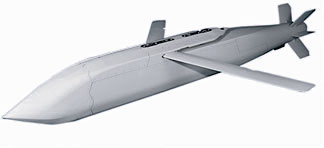


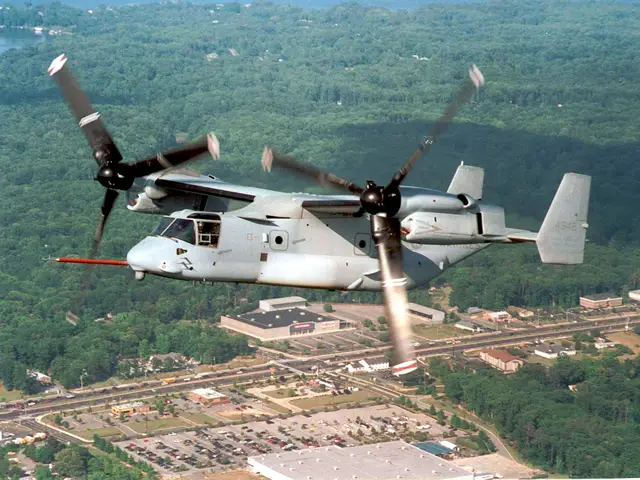
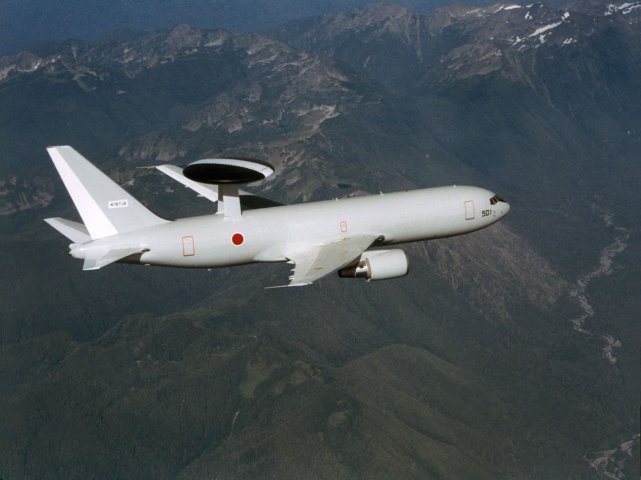




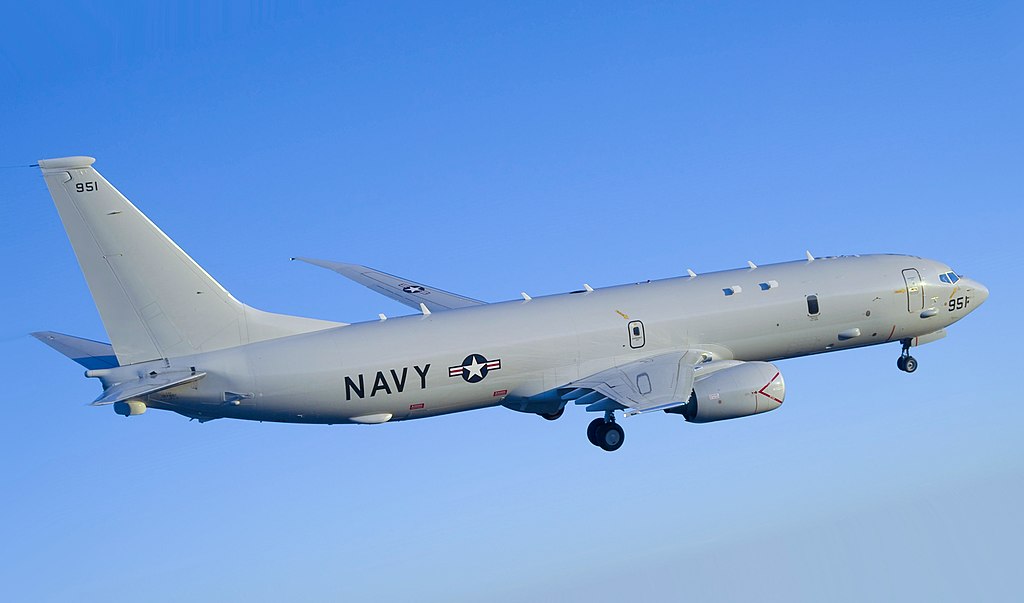


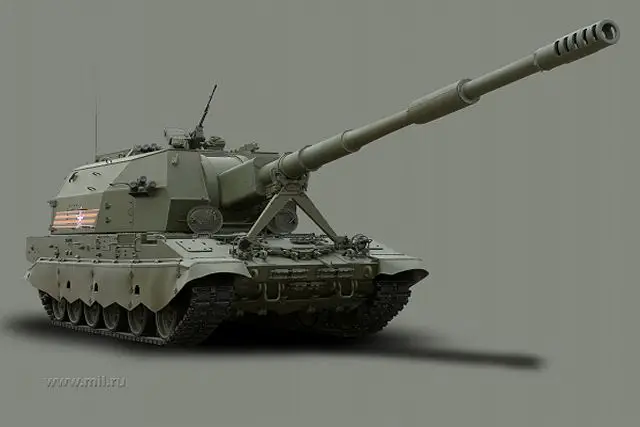
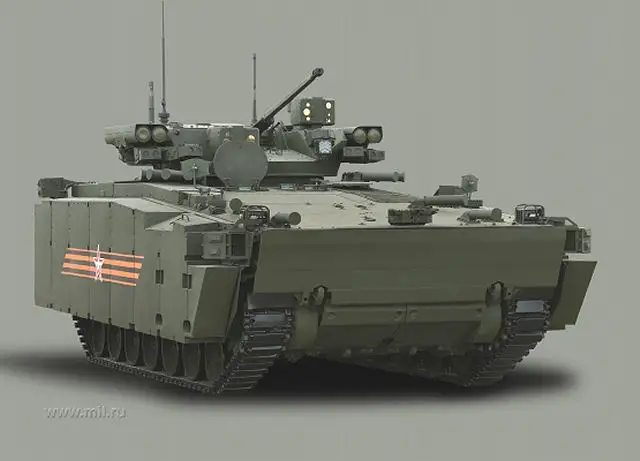

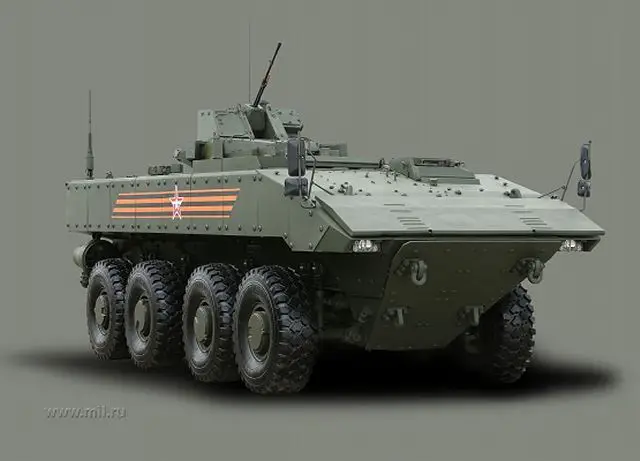
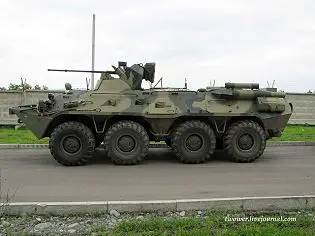











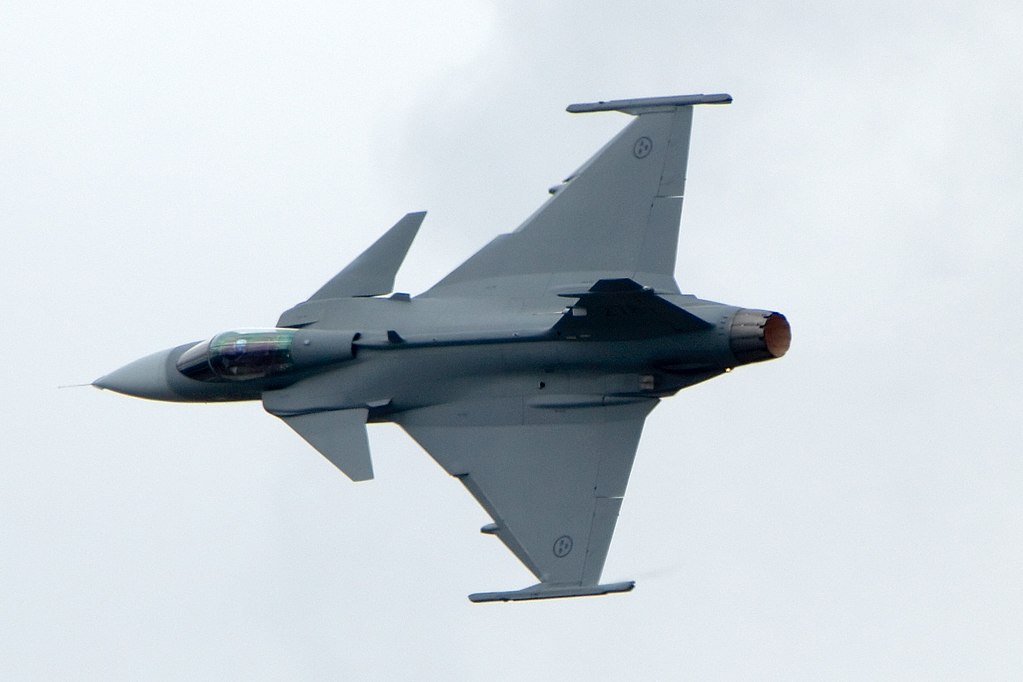







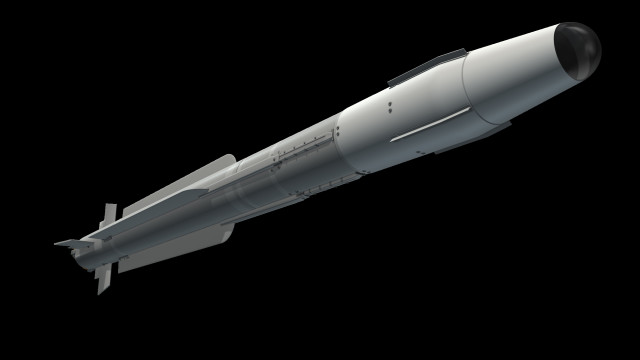
_(7193823614).jpg)




